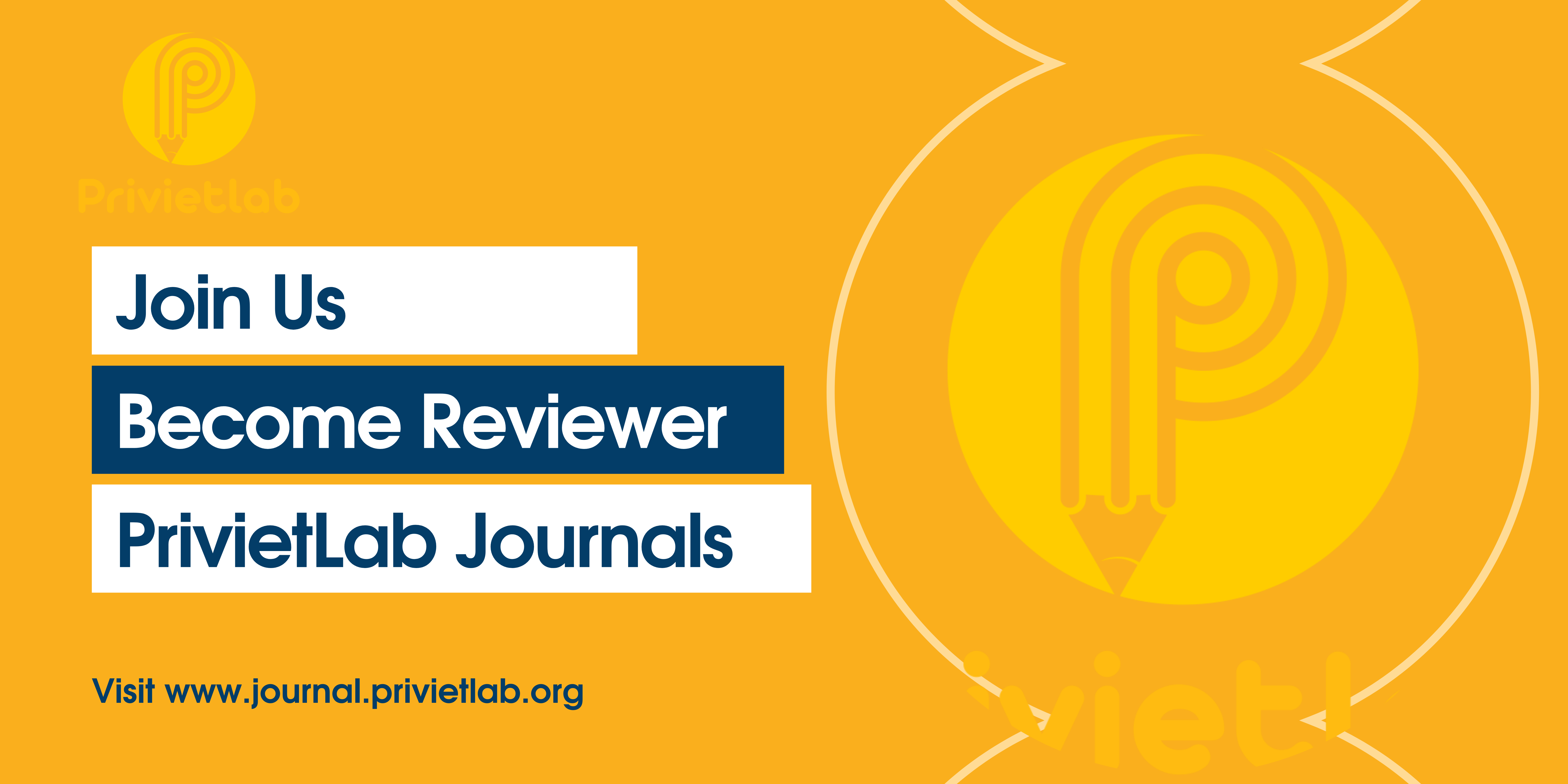Exploring critical literacy of elementary school teacher education students through semantic studies
DOI:
https://doi.org/10.55942/pssj.v5i9.644Keywords:
critical literacy, semantic study, text meaning, elementary school teacher educationAbstract
Developing critical literacy is crucial for elementary school teacher education students to understand texts beyond their literal meanings. This study aimed to describe students' critical literacy skills in interpreting texts from a semantic perspective. Using a descriptive qualitative approach, data were collected from text analysis assignments and class presentations of 30 students and analyzed using the interactive model of Miles, Huberman, and Saldaña. The findings indicate that students performed well in identifying denotative meanings, demonstrated moderate ability in interpreting connotative meanings and synonymy/antonymy relationships, but struggled with hyponymy/polysemy relationships and ideological or contextual reflection. These results suggest that students are more adept at understanding literal meanings than at interpreting implicit or contextual meanings. This study highlights the importance of explicitly integrating semantic studies into teacher education programs to strengthen prospective teachers' critical literacy, particularly in analyzing complex meaning relationships and the ideological dimensions of texts.
References
Alsayed, F. (2019). The effects of semantics in the language development of English as a foreign language (EFL) learners. International Journal of Learning and Development, 9(4), 138-153. https://doi.org/10.5296/ijld.v9i4.15735.
Bahri, A. S. (2022). Memproteksi peserta didik dari bahaya hoaks dengan literasi kritis. Lentera: Jurnal Kajian Bidang Pendidikan dan Pembelajaran, 2(2), 39–44. https://doi.org/10.56393/lentera.v2i2.435.
Bergstrom, A. M., Flynn, M., & Craig, C. (2018). Deconstructing media in the college classroom: A longitudinal critical media literacy intervention. Journal of Media Literacy Education, 10(3), 113-131. https://doi.org/10.23860/jmle-2018-10-03-07.
Braun, V., & Clarke, V. (2022). Conceptual and design thinking for thematic analysis. SAGE Open, 12(1), 1–26. https://doi.org/10.1177/21582440221081209.
Creswell, J. W. (2014). Research design: Qualitative, quantitative, and mixed methods approaches (4th ed.). SAGE.
Ćumura, L., & Petrović, V. (2022). Paulo Freire: From critical consciousness to the pedagogy of the oppressed. Knowledge–International Journal, 55(5), 959–964. https://doi.org/10.35120/kij5505959l
Fairclough, N. (1995). Critical discourse analysis: The critical study of language. Longman.
Fauziyah, N. I., Prastiwi, C. H. W., & Tirtanawati, M. R. (2024). A semantic analysis of connotative meaning in Ben Howard’s song lyrics. Aisyah Journal of English Language Teaching (AIJELT), 3(1), 254–260. https://doi.org/10.30604/aijelt.v3i1.1622.
Freebody, P., & Luke, A. (1990). Literacies programs: Debates and demands in cultural context. Prospect: An Australian Journal of TESOL, 5(3), 7–16.
Green, P. (2014). Critical literacy revisited. [Tambahkan detail publikasi bila tersedia].
Janks, H. (2012). Critical literacy. In C. A. Chapelle (Ed.), The encyclopedia of applied linguistics (pp. 1–7). Wiley-Blackwell. https://doi.org/10.1002/9781405198431.wbeal0281.
Kurniyawan, H., & Tanshzil, S. W. (2024). Peran dan strategi guru pendidikan pancasila dan kewarganegaraan dalam membangun kemampuan literasi warga negara. Integralistik, 35(1), 33-47. https://doi.org/10.15294/wpz5gm11.
Lehner, E., Thomas, K., Shaddai, J., & Hernen, T. (2017). Measuring the effectiveness of critical literacy as an instructional method, 43, 36-53. https://academicworks.cuny.edu/bx_pubs/22.
Lesley, M., Watson, P., & Elliot, S. (2007). “School” reading and multiple texts: Examining the metacognitive development of secondary‐level preservice teachers. Journal of Adolescent & Adult Literacy, 51(2), 150–162. https://doi.org/10.1598/JAAL.51.2.6.
Linder, R., & Falk-Ross, F. (2020). Preservice teachers taking a critical stance when examining children’s literature. Literacy Research and Instruction, 59(4), 298–323. https://doi.org/10.1080/19388071.2020.1777228.
Lyons, J. (1995). Linguistic semantics: An introduction. Cambridge University Press.
McLaughlin, M., & DeVoogd, G. (2020). Critical expressionism: Expanding reader response in critical literacy. The Reading Teacher, 73(5), 587–595. https://doi.org/10.1002/trtr.1878.
Meloche, A., Lee, V. J., Grant, A., Neuman, D., & DeCarlo, M. J. T. (2020). Critical literacy as a lens for students’ evaluation of sources in an AP World History class. The Social Studies, 111(4), 189–204. https://doi.org/10.1080/00377996.2020.1727828.
Midgette, E., Stewart, O., & González, J. (2023). Teaching with multimodal texts through a critical literacy lens within an English as a foreign language classroom context. Anglistics and Americanistics, 20, 72–77. https://doi.org/10.15421/382313.
Miles, M. B., Huberman, A. M., & Saldaña, J. (2014). Qualitative data analysis: A methods sourcebook (3rd ed.). SAGE.
Omar, Y. Z. (2012). The challenges of denotative and connotative meaning for second-language learners. ETC: A Review of General Semantics, 69(3), 324–351. https://www.jstor.org/stable/42579200
Patria, R. (2022). Critical literacy and its challenges in education in Indonesia. Journal of Literature Language and Academic Studies, 1(1). https://doi.org/10.56855/jllans.v1i01.141.
Schleppegrell, M., & Moore, J. (2017). Linguistic tools for supporting emergent critical language awareness in the elementary school. In Bilingual learners and social equity: Critical approaches to systemic functional linguistics (pp. xx–xx). Springer. https://doi.org/10.1007/978-3-319-60953-9_2.
Sintia, G., Ali, S. N. A., Lombu, S. H., & Joharis, M. (2025). Peran literasi kritis dalam meningkatkan pemikiran kritis mahasiswa. Journal of Law, Education and Business, 3(1), 464–469. https://doi.org/10.57235/jleb.v3i1.5828.
Szabó, D. (2021). Would-be teachers' digital/information literacy competencies in the world of contradictory information. Folia Toruniensia, 21(1), 105–120. https://doi.org/10.12775/ft.2021.005.
Downloads
Published
How to Cite
Issue
Section
License
Copyright (c) 2025 Nanda Veruna Enun Kharisma, Yunita Miftahul Jannah

This work is licensed under a Creative Commons Attribution 4.0 International License.

















